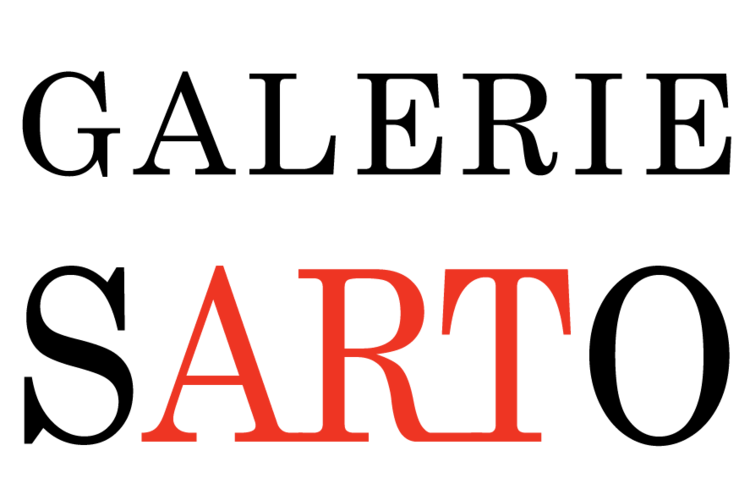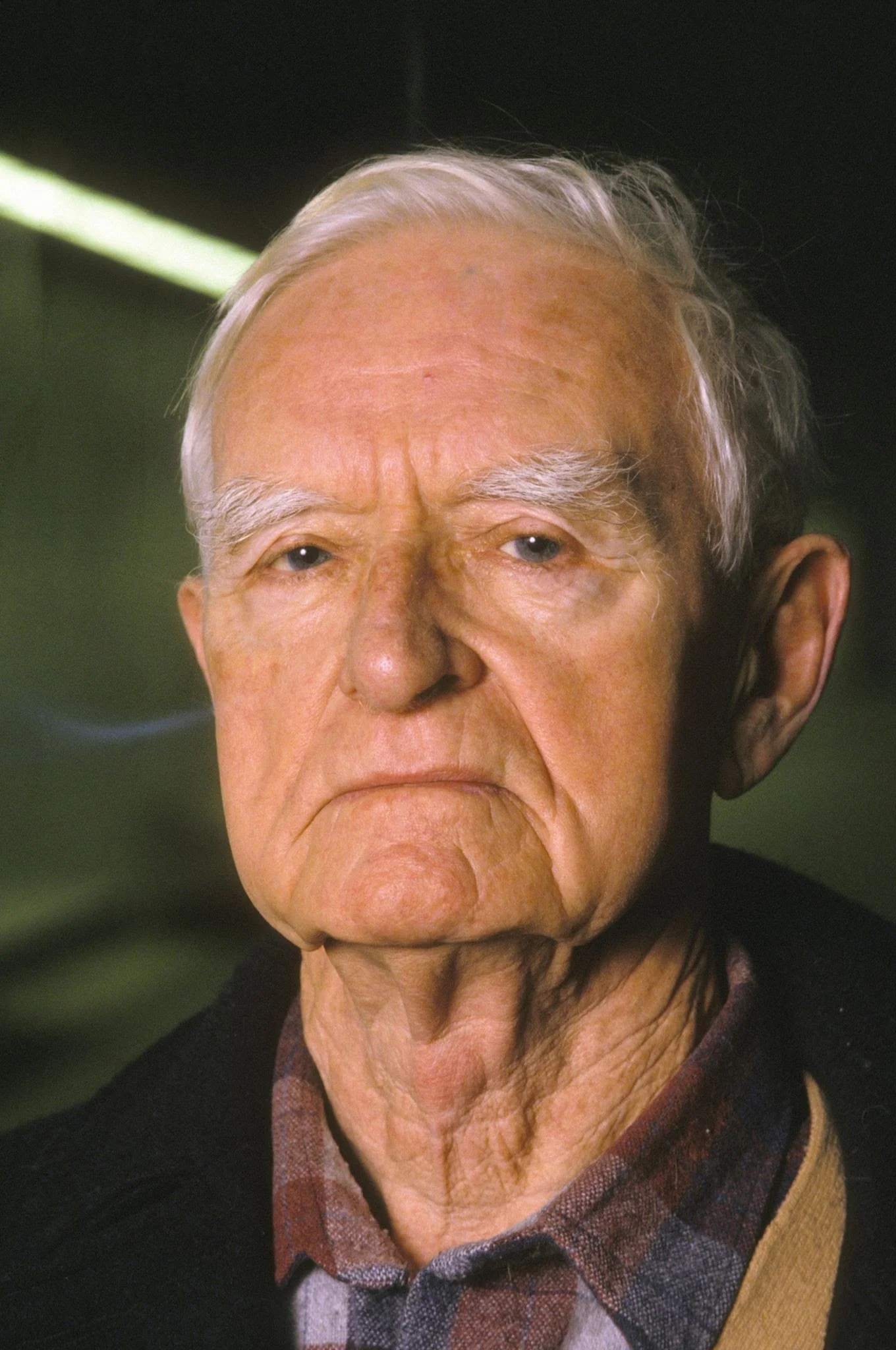J.R. Bazaine (1904 - 2001)
Biography
© Jean René Bazaine, Gamma-Rapho via Getty Images/Raphael Gaillarde
Jean Bazaine, born on 21 December 1904 in the 17th arrondissement of Paris, and died on 4 March 2001 in Clamart, was a French painter. A major figure of the New School of Paris and 20th century French avant-garde painting, his non-figurative painting is an abstraction that tends towards colour, timelessness and purity. His lines and flat tints bear witness (as does his speech) to a certain spirituality and an endearing poetry.
While preparing a degree in literature, he was a student of the sculptor Landowski at the Ecole des Beaux-arts in Paris. In 1924, he abandoned sculpture for painting. In 1930, the young artist began to show his work in group exhibitions with Fautrier, Pougny Goerg and Gromaire, whom he became friends with. His first solo exhibition was organised in 1932; Pierre Bonnard encouraged him.
Jean Bazaine went to Saint-Guénole for the first time in 1936; the sea and the light of the north would henceforth take a privileged place in his artistic vision. The following year, he participated in the important exhibition "Independent Art, Masters of Today" (Petit-Palais, Paris). He received the Blumenthal Prize in 1938.
In 1941, Bazaine was one of the organisers of an exhibition that was to become a landmark in the history of Ecole de Paris painting: "Twenty young painters in the French tradition"; this event was conceived as a provocation against the German occupiers who had described this type of expression as "degenerate art". Until the end of the war, Bazaine often exhibited with Estève and Lapicque, while maintaining close relations with painters such as Singier and Manessier. From then on, Bazaine participated in major international events (Venice Biennial, Carnegie Institute in Pittsburg, Sao Paulo Biennial, Documenta in Kassel, etc.).
His first truly important solo exhibition took place in Paris in 1949, where Bazaine showed paintings made between 1944 and 1949. His work then rejected appearance, making it lyrically sensitive through a very wide range of colours and rich harmonies. The first retrospective of his work was organised in 1959 by the Kunsthalle Bern, the Stedelijk Museum in Eindhoven and the Amsterdam Museum. His exhibitions, both personal and collective, continued regularly over the years.
Jean Bazaine explored many avenues of expression: gouache painter, watercolourist, engraver, lithographer. He always pursued an intense activity for monumental works: painter of tapestry cartoons, mosaic cartoons and stained glass cartoons. He created sets for the theatre and collaborated in the adventure of the illustrated book. In addition, from 1934 onwards, Bazaine, who remained a man of culture all his life, punctuated his work as a painter with reflections on art and artists. His "Notes sur la peinture d'aujourd'hui" (Ed. Floury, Paris, 1948) is a classic of the painter's writings, and will often be translated and republished.
Selected artworks
Jean René Bazaine (1904-2001)
“Composition”
Gouache and watercolour on paper, signed and dated lower right
12.2 x 9.44 in. (on sight)
(19)49
Sold


